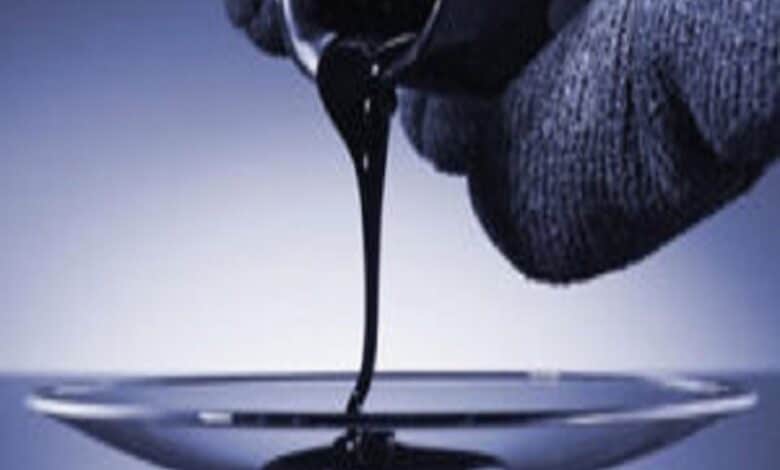Sulphur Content is 0.51 and flash point is 59 degrees Celsius not fulfilling regulatory requirements, Can we claim from charterer/ supplier?

FAQ: Sulphur value is 0.51 and flash point is 59 degrees Celsius not fulfilling regulatory requirements, Can we claim from charterer/ supplier?
Reproducibility in Testing VLSFO ( Residual fuel) : Sulphur Content and Flash Point (Reference: CIMAC WG7_2016_The Interpretation of Marine fuel analysis)
Referencing the guidelines set forth by the CIMAC Working Group 7 (WG7),
Reproducibility
“Is the closeness of agreement, usually found, between individual results obtained in the normal and correct operation of the same method on identical test material but under different test conditions (different operators, different calibration standards and different laboratories.”
For commercial marine fuel transactions, the 95% confidence testing boundary is given by ISO 4259 as 0.59 times the reproducibility value (R); hereafter expressed as 0.59R. Where, as in the usual case, there is a single test result the value of R is that which is stated in the relevant test method.
The implications of these ISO 4259 requirements are that:
• The supplier, intending to meet a particular maximum specification limit, should target a
value at or below the specification limit. Any test result obtained by the supplier which exceeds the limit indicates that the product has not met the specification.
• The recipient with a single test result above the specification limit but below the ‘limit plus 0.59R’ cannot claim that the specification has not been met and consequently has to accept that the product has met the specification and there is no requirement to carry out additional testing. The recipient can only consider that a maximum specification limit value has been exceeded if their test result exceeds the limit plus 0.59R.
Example
Sulphur ( mass %) using ISO 8754:2003
X= Specification Limit (Supplier’s limit) = 0.5 (Regulatory requirement)
Y = Recipient’s Limit (Single test result) = X + 0.59 R = 0.53
Y = Recipients’ Limit (Average of two test results)= X + 0.59 R1= 0.53
In this above example, The recipient can only consider that a maximum specification limit value has been exceeded if their test result exceeds 0.53.
Flash Point using ISO 2719: 2002 Residual fuel
X= Specification Limit (Supplier’s limit) = 60 degree Celsius (Regulatory requirement
Y = Recipient’s Limit (Single test result) = X – 0.59 R = 56.5 degree Celsius
Y = Recipients’ Limit (Average of two test results)= X- 0.59 R1= 56.5 degree Celsius.
In this above example, the recipient can only consider that a maximum specification limit value has been below 56.5 degree Celsius.
Conclusion
Reproducibility in testing of fuel quality is vital for maintaining reliable and consistent results. By following CIMAC WG7 guidelines and employing the formula Y = X + 0.59R, the industry can uphold high standards of fuel quality and safety. Accurate and reproducible testing not only ensures regulatory compliance but also preserves the operational integrity of marine engines.
